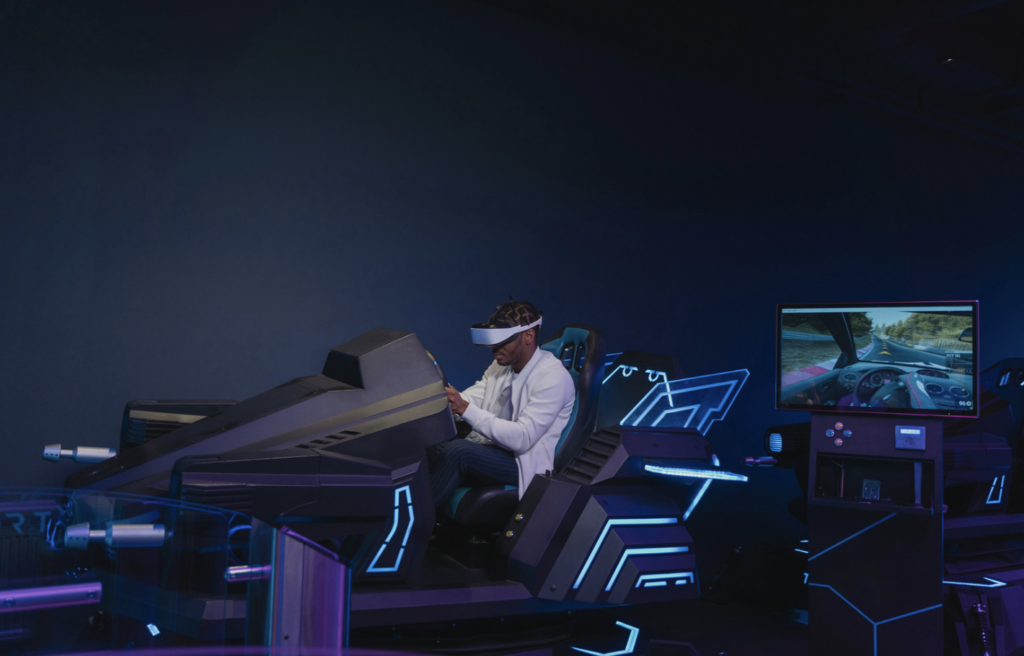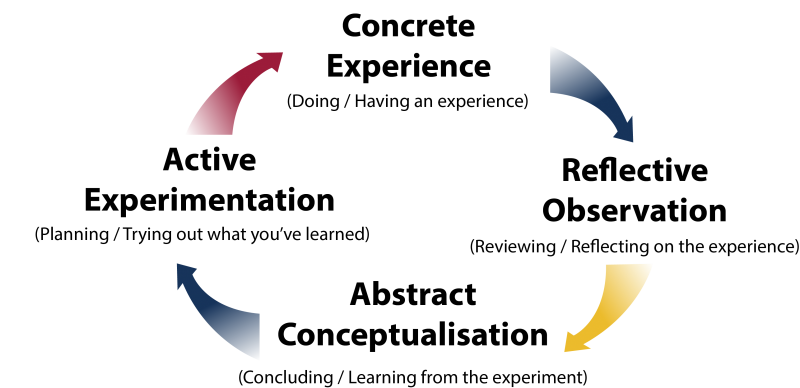Learning Pod: #3
Peers’ Names: Chantale, Conrad, Claire and Anna
Interactive Learning Resource Topic: Learning Language through Music
Identify components of the Interactive Learning Resource that might be missing (e.g., appropriate outcomes, alignment, interactivity, inclusivity, technology use and rationale, presentation, grammar, spelling, citations, etc.).
- Your reference section seems to be missing at the moment and some of the ideas in your description may need to be cited.
- In the open pedagogy part, “Students are given the opportunity to become more creative, take their learning outside the classroom, and treat students as creators and not consumers of information” sounds like an interesting idea but if it comes from a source the citation is missing.
- The description of learners may need more details.
Provide a summary of The Interactive Learning Resource’s strengths and weaknesses. Draw out specific examples from your peers’ work to justify your feedback.
Strength:
Great structure! The editing is clear and logical. Most parts are supported with abundant materials and researches making the resource valid and trustworthy.
The design for inclusion is well thought out. You provided details to make the resource more inclusive and the solutions suit the target audience for the resource.
The choice on technology is effective and convenient. The technology used in your Interactive Learning Resource would support multimedia materials, making the learning more engaging and effective for the learners. The use of Zoom also makes it convenience for access and following the course regardless of location.
The experiential learning section is well designed. The details of each step make the resource very clear and easy to carry out. The choice on using Kahoot can be engaging and fun for the learners.
Weakness:
In the learning outcomes, the first outcome is a bit unclear. “We want learners to analyze, reflect, and discuss learner’s engagement in experiential learning” sounds more like a general requirements or design direction rather than specific and detailed outcomes that could be measured by assessments.
The assessment may need more details such as how singing or discussions are evaluated and what rubrics would be applied to both test the learners’ learning outcomes and be fair for all learners.
Provide general, specific, and practical recommendations to your peers on how to improve their Interactive Learning Resource.
I really like your Interactive Learning Resource. It is very creative and the topic sounds naturally fun. The structure is overall clear and the sources and materials are presented with details. However, I would recommend you changing these aspects:
- Add more videos or other multimedia learning materials or contents. Considering your learners who may only use smartphones, reading many texts may be a challenge for them. Single parents who would be busy working and attending childcare may also prefer to watch multimedia contents to reading academic materials in their spare time.
- Provide alternatives regarding your synchronous sessions for the learners who may have emergencies and miss the sessions. This could both apply to regular learners and the single parents. Maybe provide records of the sessions for the learners to review later, and at the same time, provide extra sessions or Q&A through email or other social media applications.
- Design a more specific assessment with rubrics. Learners may want to know what their are learning results are and rubrics could give them better goals to work for. The assessment plan with singing, discussion and Kahoot may sound unclear for the learners and maybe you could design each part a rubric with specific requirements.
Hope everything goes well in your final design and I can’t wait to see your final work!





Recent Comments